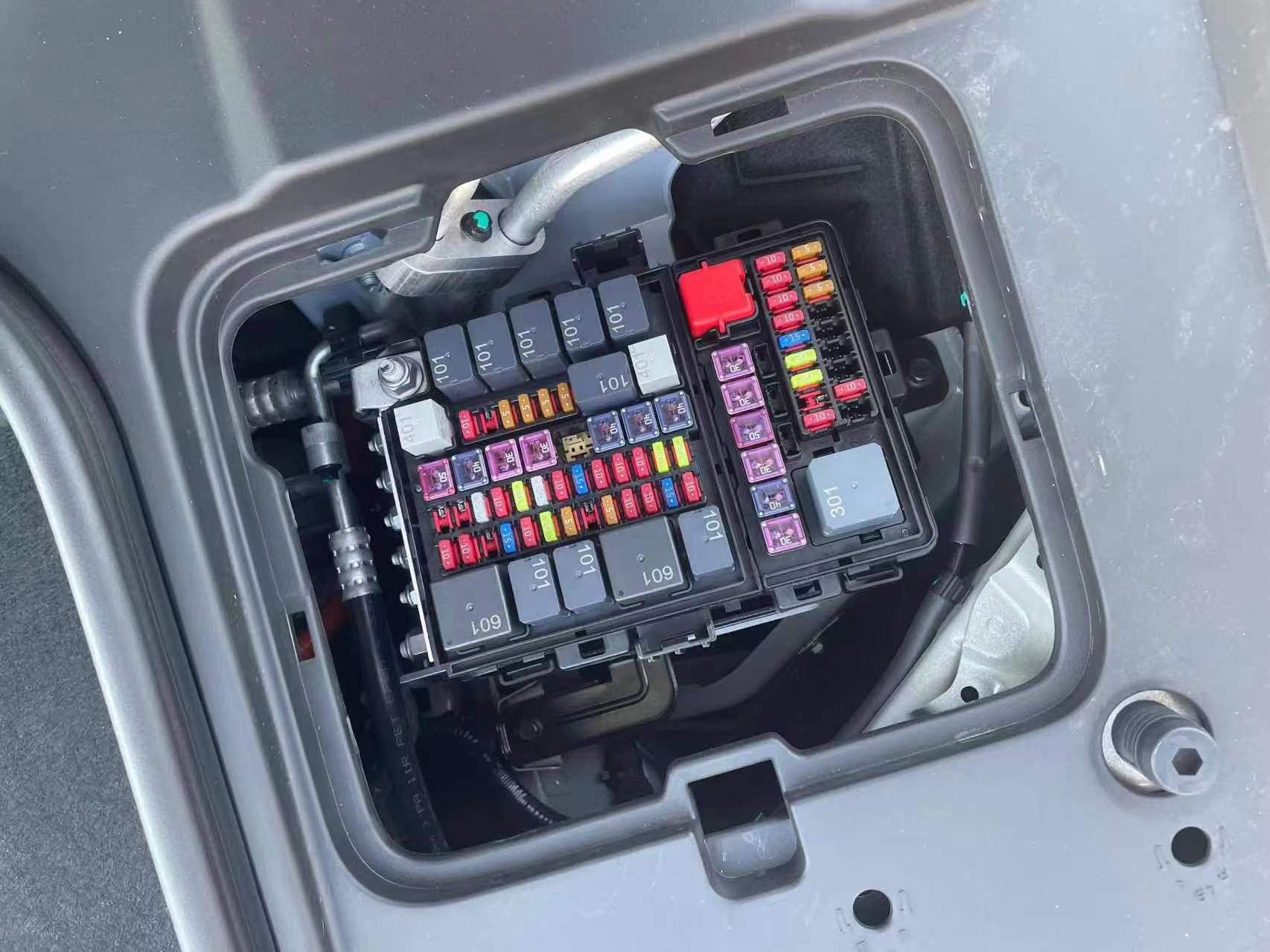relay demonstrations: showcasing the power of automation and control
Release time:2025-11-11 04:17:30
Relay demonstrations are powerful educational tools that allow individuals to understand and interact with the fundamentals of electrical control systems. A relay, a type of electromagnetic switch, is capable of controlling high-voltage circuits using a low-voltage signal. These demonstrations can range from simple examples of how relays function to more complex applications in automation, industrial processes, and electrical engineering. In this article, we will explore what relay demonstrations are, why they are valuable in learning environments, and some common applications where relays play a key role.

What is a Relay and How Does It Work?
At the heart of relay demonstrations is the relay itself. A relay is an electrical device that opens or closes a circuit based on the input signal. It uses an electromagnet to create a magnetic field, which causes the switch to move and either connect or disconnect the circuit. This simple mechanism allows relays to control high-power devices such as motors, lights, or even entire systems with a very low-power control signal.
The basic operation of a relay involves an input circuit and an output circuit. When an electric current flows through the coil of the relay, the coil generates a magnetic field that causes the switch to close or open. This switch can control a large amount of current in the output circuit, even though the input current is relatively small.

